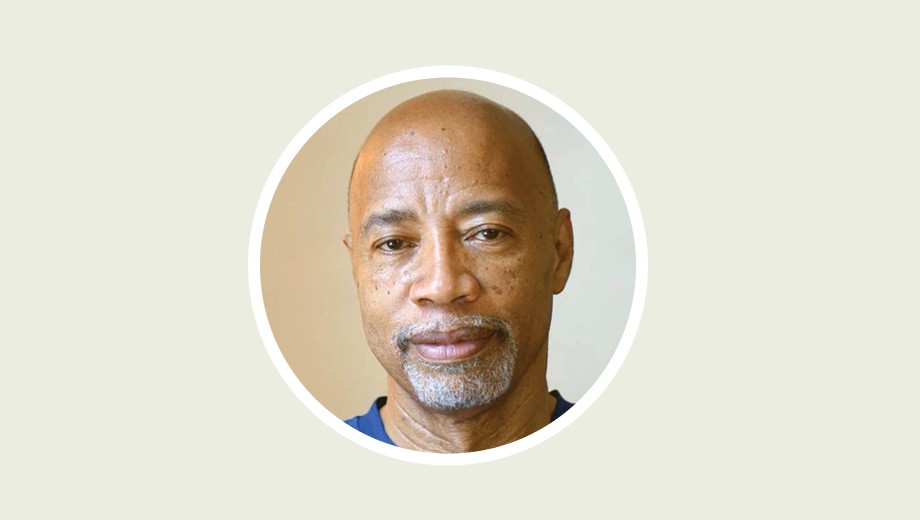In “What Literature Can (and Can’t) Do for Us Now,” Tableau spoke to Kenneth Warren, the Fairfax M. Cone Distinguished Service Professor of English, about the role of the humanities in addressing racial injustice following the killing of George Floyd this past spring. Here Warren offers his thoughts on what should be done with problematic monuments—and literature—from past eras.
--
I remember several years ago visiting Richmond for the first time and being driven down this major thoroughfare with monument after monument to leaders of the Confederacy and thinking that this was just an outrage.* What we’re seeing now is a kind of bubbling up of movements against these kinds of monuments that has existed for some time, and it’s fascinating to see now how successful this kind of iconoclasm has been. People are actually succeeding in tearing them down, and as far as I’m concerned, it’s good riddance to most of them, if not indeed all of them—I did hear that some people tore down a monument to Ulysses S. Grant, which seemed mistaken to me.
There are three points I’d like to make about this. One is that, while welcome, this kind of iconoclasm has a certain degree of misdirection about it. The felt need to respond to the immediate horrors that have gone with violent policing—the need to do something about that is not going to be satisfied by the iconoclasm. It’s not entirely clear that the iconoclasm is going to be met by powerful and fundamental change. Let’s hope the two things go together, but they may not.
Another thing that has been really, I think, salutary about this moment is that it’s drawing attention to the bogus arguments about long-standing commitment to heritage, as people have had to recognize that most of these monuments did not go up in the immediate aftermath of the Civil War as a kind of commemoration of battlefield bravery but were erected at moments where there were dramatic challenges to, say, the Jim Crow order. These things were put up as monuments to the successful—in some sense—control or beating back of more democratic energies coming from Black Americans at the grassroots level. So, I think that’s a historically salutary feature: let’s see what the real history is and get away from the mythic history.
The third point: how does this relate to literature? I don’t think there’s any simple one-to-one correlation between works of literature and these monuments. Some writers and some works are straightforwardly racist in some aspects. However, there’s a kind of complexity to the literary work.
I’m thinking about a work that has been controversial since its publication for a variety of reasons: Mark Twain’s Adventures of Huckleberry Finn. That work uses the n-word liberally, it depicts an adult African American man in a subordinate position to a young White boy, and it is a kind of classic of American literature. Should that work be simply denounced and put aside? While I wouldn’t insist that it be taught in every high school English class—because oftentimes it’s taught poorly—I do think that you can’t understand the subsequent history of American literature without having read or engaged with The Adventures of Huckleberry Finn.
When Ralph Ellison, himself a figure of controversy in a lot of ways, read the book, he read it as a complex human being. He said, as a young boy, I had points of identification with Huck. It’s not as if the identity imposed on me, or the identity that I felt because of my race, defined the extent of my being.
There are always vectors of interaction that connect us to people who are not necessarily subject to the same conditions we are subject to. There are possibilities of insight, vision, and imaginative connection that happen athwart, and in tension with, other aspects that close us off from others.
--
* Days after this interview, the city of Richmond, Virginia, removed monuments of Confederate general Stonewall Jackson and naval officer Matthew Fontaine Maury. Other Confederate monuments had been toppled by protestors in the former Confederate capital in the preceding weeks.

